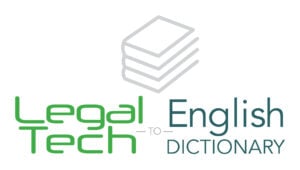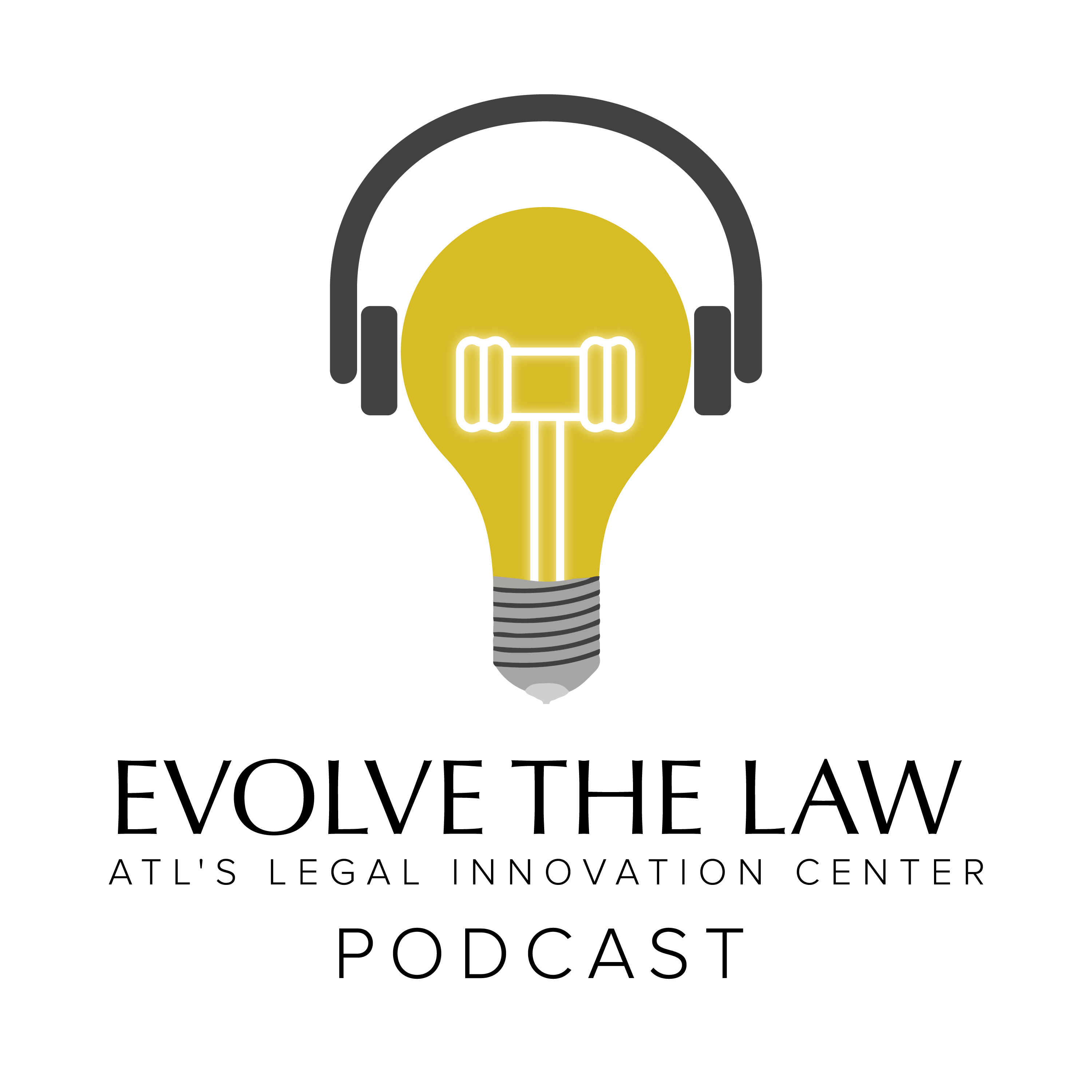 There’s a term for when attorneys use Latin and other arcane languages to describe legal processes to consumers: “legalese.”
There’s a term for when attorneys use Latin and other arcane languages to describe legal processes to consumers: “legalese.”
But there’s no similar term for when vendors use technical and other arcane languages to describe their legal software operations to lawyers.
True, this dynamic may seem unfair. But now we have The Legal Tech-to-English Dictionary to help us cope.
Read on for the latest installment, where we translate eDiscovery-related topics to plain English. And while you’re here, check out our eDiscovery room at the Non-Event to see just how effective the latest software is.
Special thanks to Shree Sharma of HaystackID for her assistance with this article.
ESI
- Electronically Stored Information
- If you didn’t at least know that the ‘e’ stood for some variant of ‘electronic,’ it may be time to upgrade your dial-up.
Lawyer 1: Do you have a handle on the ESI dump we just received?
Lawyer 2: No, I don’t get that with my cable package.
Cf. ESI was defined in 2006 via an update to the Federal Rules of Civil Procedure, to help to streamline the eDiscovery process.
Cf. This is at least a better method of proceeding than searching for paper documents in a bankers box, while trying to avoid all the flattened, dead spiders.
Metadata
- The related information that describes the characteristics of ESI, e.g. – sender, recipient, author, date.
- Colloquially, data about data.
Lawyer 1: Do you have the sender information for all those emails?
Lawyer 2: That’s so meta.
Lawyer 1: Fuck off, Chuck.
Cf. Aristotle’s ‘Metaphysics,’ only about data. (Give me a break, okay – I went to a liberal arts college.)
Cf. Much of the ‘Deadpool’ franchise.
Structured Data
- Data stored in a structured format (such as a database), or delimited in form (as in a CSV file).
- My fantasy baseball rankings for middle relievers.
Cf. Coming across unstructured data is kind of like when you step on a Lego, and just as painful. (Get it? Stray, single Legos have been removed from a larger structure.) Fortunately, there’s a shoe for that.
Deduplication
- The process of comparing the characteristics of electronic documents to identify and/or remove exact duplicate items.
- As opposed to reduplication, which uses repetition of sounds to create words, like: pitter-patter and flim-flam; also, of course, pee-pee.
Lawyer 1: Can we dedupe this text message with the Michael Jordan crying face meme?
Lawyer 2: Those are actually lots of different text messages.
Lawyer 1: Oooohhhh.
Cf. It turns out that reading the same exact email 64 times won’t actually teach you anything new about your case.
Pseudonymization
- GDPR measure requiring that data be processed in a way that separates it from identifiers “in such a way that the data can no longer be attributed to a specific data subject without the use of additional information.”
- Data management de-identification procedure by which personally identifiable information fields within a data record are replaced by one or more artificial identifiers, or pseudonyms.
Lawyer 1: And your pseudonym shall be Pickles Dilhoefer.
Cf. How I went by the alias ‘DB Cooper’ in the early ’70s. . . . Oh, shit.
Jared Correia, a consultant and legal technology expert, is the host of the Non-Eventcast, the featured podcast of the Above the Law Non-Event for Tech-Perplexed Lawyers.





